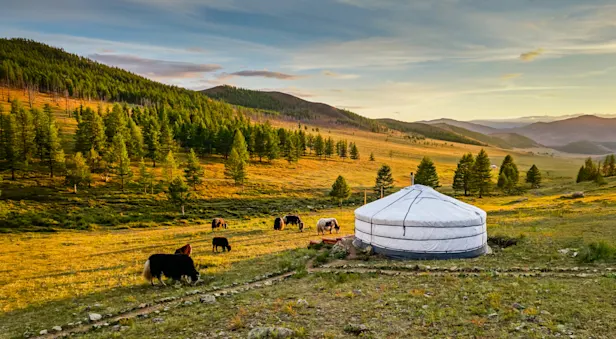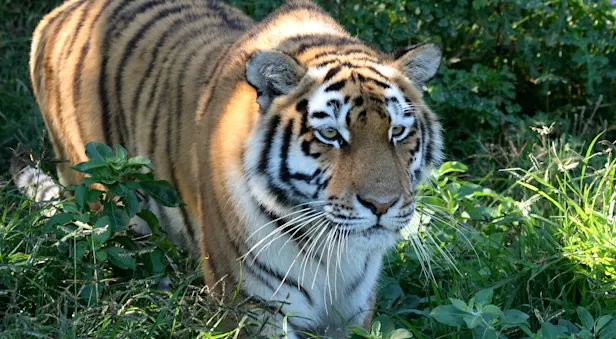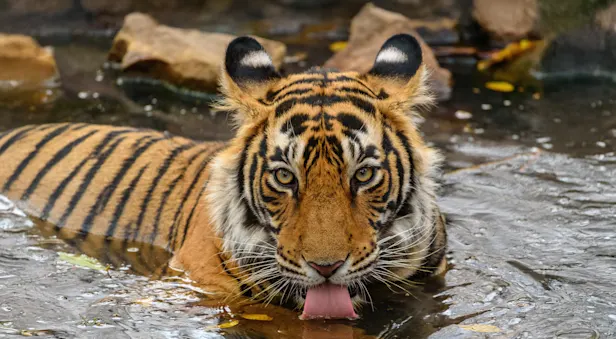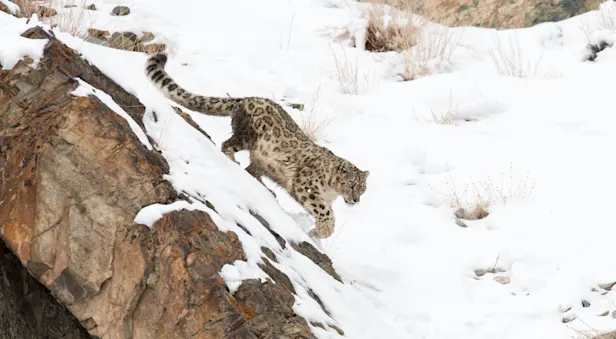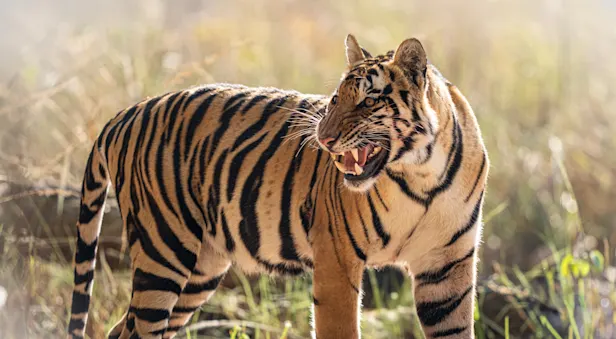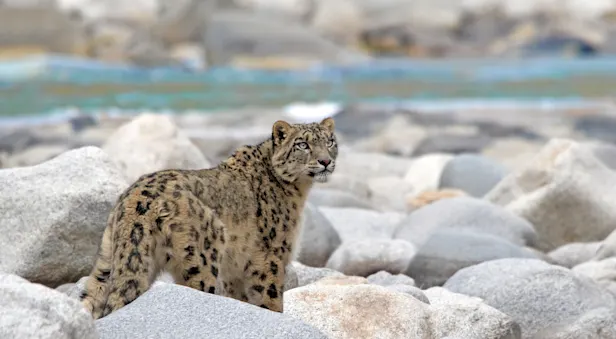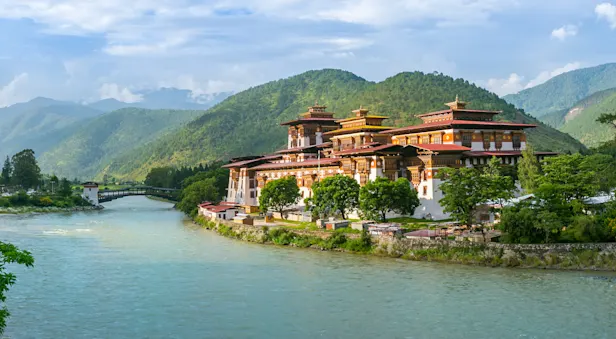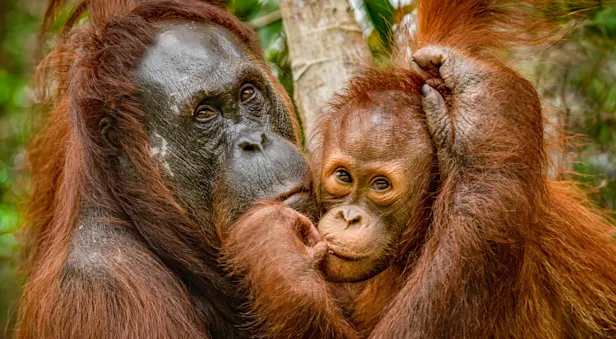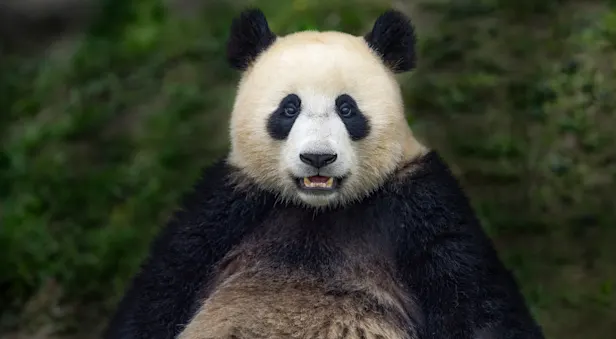For millennia, Asia has beckoned explorers—and our diverse adventures reveal its most amazing natural wonders. Seek India’s Bengal tigers in the jungle understory and search for snow leopards in the Himalayan heights. Track one-horned rhinos in Nepal, and scout for orangutans and pygmy elephants in the ancient rainforests of Borneo. In China, get close to giant pandas and golden snub-nosed monkeys. See prehistoric Takhi horses, the world’s last surviving wild equine, in Mongolia. Our small-group forays and Photo Expeditions get you into remote Asian wildlife reserves where few travelers are privileged to go.
Filter Trips By:
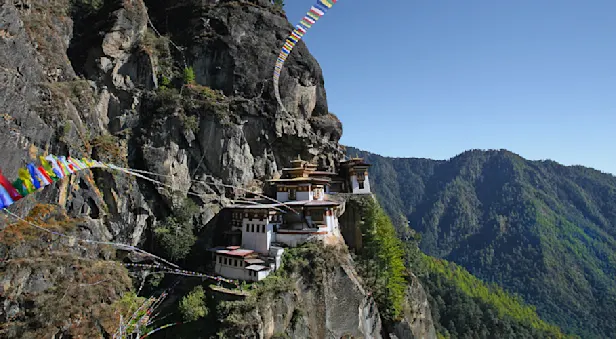
Wild & Ancient Himalaya: Nepal & Bhutan
Explore mountain heights and jungle lowlands on this soulful journey through the cultural and wildlife treasures of two neighboring Himalayan nations—including rhino tracking in Chitwan National Park.
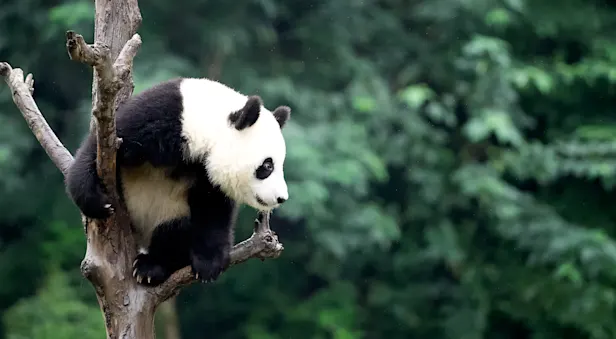
The Wild Side of China: A Nature Odyssey
Discover a side of China most travelers never see on our unique itinerary revealing wild panda habitat, rare wildlife and Chinese nature at its most entrancing—including close-up panda encounters.
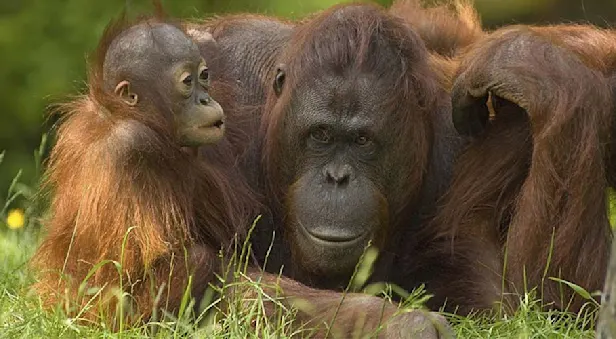
The Wilds of Borneo: Orangutans & Beyond
Plumb some of the world’s oldest and tallest rainforests in search of wild orangutans and other jungle wildlife among diverse ecosystems on this matchless tropical nature adventure.





















